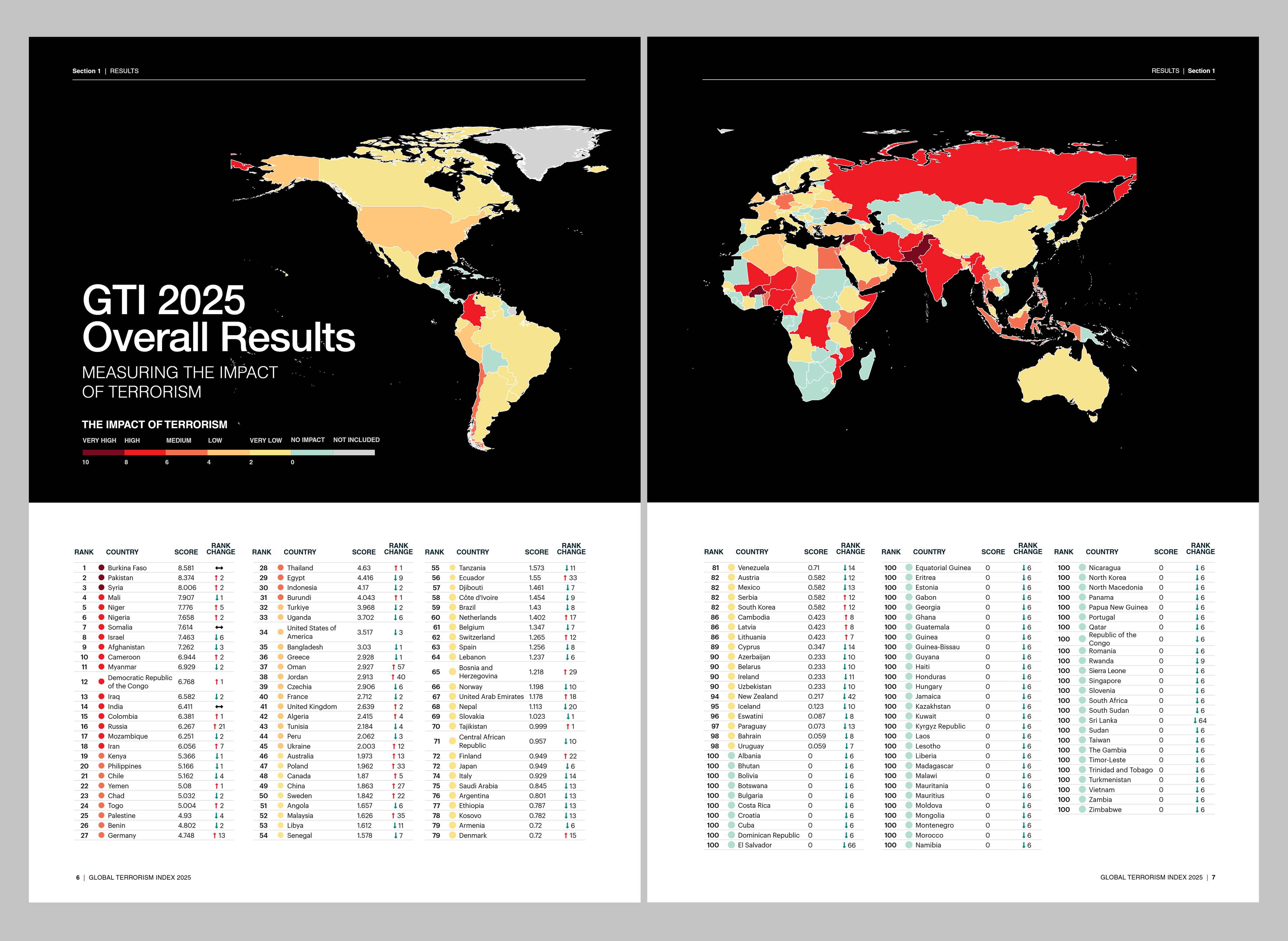The Rise, Fall, and Return of Terrorism in Pakistan
A Nation’s Battle Against Insurgency: Pakistan’s Journey Through Terror and Stability
Guest Writer
Terrorism has shaped Pakistan’s modern history, defining political strategies, military operations, and national discourse for over two decades. From the harrowing days of rampant militant violence in the early 2010s to an era of unprecedented stability under Prime Minister Imran Khan (2018–2022), and finally to the troubling resurgence of terrorist attacks post-2022, Pakistan’s fight against terrorism is a continuously evolving saga.
The Era of Chaos: 2010–2014
The years between 2010 and 2014 were some of the darkest in Pakistan’s history. During this period, the country suffered from a surge in terrorist activities, with militant groups such as the Tehrik-i-Taliban Pakistan (TTP), Lashkar-e-Jhangvi (LeJ), and Al-Qaeda-affiliated networks launching relentless attacks on civilians, security forces, and critical infrastructure.
Terrorist groups exploited regional instability, particularly the war in Afghanistan, to consolidate power in the tribal areas. The absence of state authority in these regions allowed militants to orchestrate devastating attacks, including:
The 2010 bombings in Lahore, targeting Sufi shrines and police centers.
The 2011 Mehran Naval Base attack, where terrorists stormed a strategic military facility in Karachi.
The 2013 Quetta bombings, which killed hundreds from the Shia Hazara community.
The 2014 APS Peshawar massacre, where militants slaughtered 149 people, mostly schoolchildren, marking one of the most brutal attacks in Pakistan’s history.
With over 3,000 terrorism-related deaths recorded annually during this period, Pakistan was among the most dangerous places in the world. The state was perceived as being on the verge of collapse, unable to contain the insurgency within its borders.
Fighting Back: 2014–2018
Realizing the gravity of the situation, Pakistan’s military launched Operation Zarb-e-Azb in June 2014. This was a large-scale counter-terrorism operation aimed at eliminating militant hideouts in North Waziristan and along the Afghan border.
Operation Zarb-e-Azb: A Turning Point
Over 2,000 militants were killed in targeted operations.
Militant financing channels were disrupted, severely weakening terrorist operations.
Cross-border movement of terrorists was restricted, forcing militants into retreat.
Public confidence in security forces improved, as terror incidents saw a steady decline.
By 2017, the government launched Operation Radd-ul-Fasaad to consolidate the military gains made in previous years. This phase focused on:
Eliminating sleeper cells in urban areas.
Strengthening counter-terrorism legislation to curb extremist narratives.
Enhancing intelligence-sharing mechanisms between law enforcement agencies.
As a result, Pakistan saw a 60% decline in terrorist attacks between 2014 and 2018. Once considered a near-failed state, the country was beginning to see light at the end of the tunnel.
The Imran Khan Era: 2018–2022
When Imran Khan took office in August 2018, Pakistan had already seen significant progress in counter-terrorism efforts. His administration, however, sought to further solidify security improvements by emphasizing regional diplomacy and economic stability.
How Did Khan’s Policies Reduce Terrorism?
Border Fencing with Afghanistan
Over 90% of the 2,640 km-long Durand Line was fenced, significantly reducing cross-border militant infiltration.
Peace Talks with TTP
In 2021, Khan’s government initiated talks with the TTP, resulting in a temporary ceasefire.
Anti-Terrorism Financing Measures
Pakistan implemented Financial Action Task Force (FATF) recommendations, cutting off terrorist funding channels.
Economic Stability as a Counter-Terrorism Strategy
The government prioritized infrastructure projects like CPEC, reducing youth recruitment into militant groups by providing alternative economic opportunities.
As a result, terror-related deaths in Pakistan dropped to the lowest level in over 15 years, with only 800 fatalities reported in 2022. This marked a stark contrast to the bloodshed of the early 2010s.
However, not all threats were neutralized. Baloch separatist groups remained active, launching attacks on security forces and foreign investments. Moreover, while the Afghan Taliban’s return in 2021 initially seemed to stabilize the region, it soon led to unintended consequences.
The Post-Khan Resurgence: 2022–2025
Following Imran Khan’s removal in April 2022, Pakistan was thrown into political and economic turmoil. The instability created security vacuums, which militant groups exploited to make a violent comeback.
Factors Behind the Terrorism Resurgence
The End of TTP’s Ceasefire
In November 2022, the TTP officially ended its truce with the government, unleashing a fresh wave of attacks.
The Taliban’s Role
The Taliban’s takeover of Afghanistan in 2021 emboldened TTP fighters, allowing them to regroup and train in Afghan territory.
Weak Political Leadership
The country’s fragmented coalition government post-Khan lacked a unified counter-terrorism strategy, leading to intelligence failures.
Baloch Separatists’ Intensification
2023 and 2024 saw a record number of insurgent attacks in Balochistan, targeting security convoys, energy projects, and military bases.
By 2024, Pakistan recorded over 2,600 terrorism-related deaths, a number not seen since 2017. The situation deteriorated to the point where the military had to launch Operation Azm-e-Istehkam (2024) to curb the growing threats.
What Lies Ahead for Pakistan?
Pakistan’s counter-terrorism efforts have historically swung between success and failure. The country is now at yet another critical crossroads.
Key Challenges Moving Forward:
Political Stability & Governance
Without a unified national security strategy, counter-terrorism efforts will remain ineffective.
Stronger Border Control with Afghanistan
Pakistan must engage diplomatically with the Afghan Taliban to ensure TTP sanctuaries are dismantled.
Economic Upliftment as a Security Strategy
Counter-extremism efforts must include job creation, education reforms, and deradicalization programs.
Pakistan’s next five years will determine whether it can reclaim stability or fall into a cycle of prolonged insurgency. The choices made now will shape the country’s security for decades to come.



I think another operation like Zerb e Azab will be started by Pakistan Law enforcement agencies, let see.